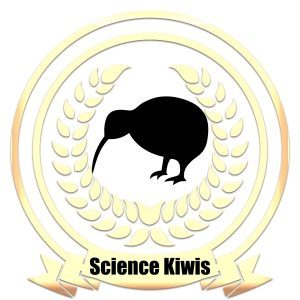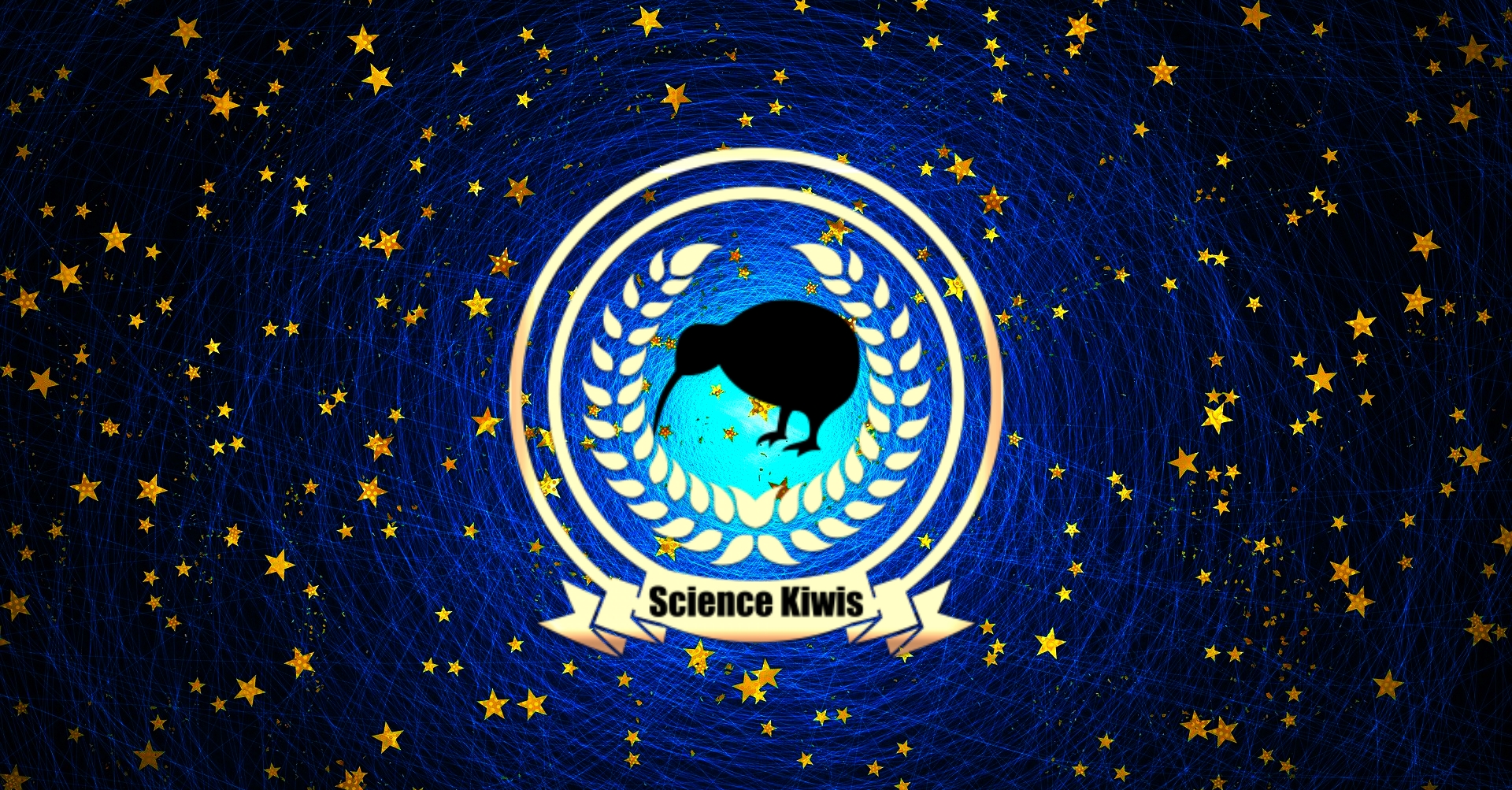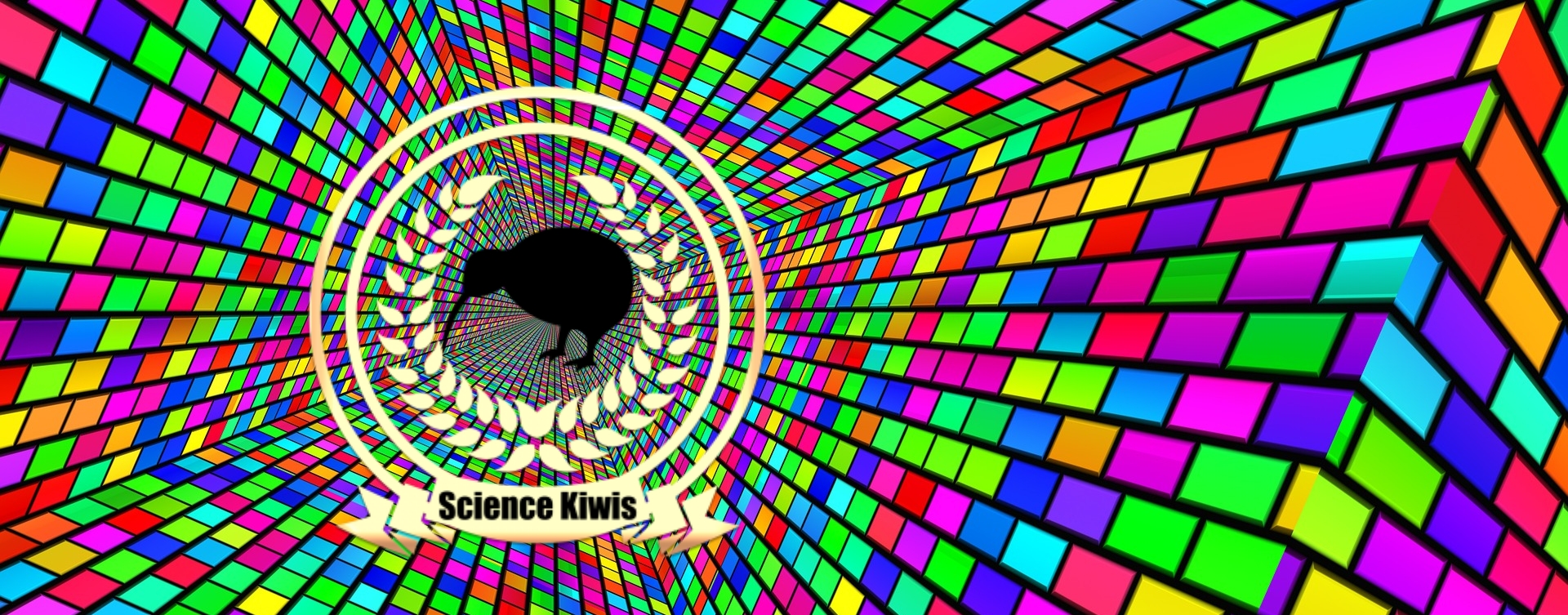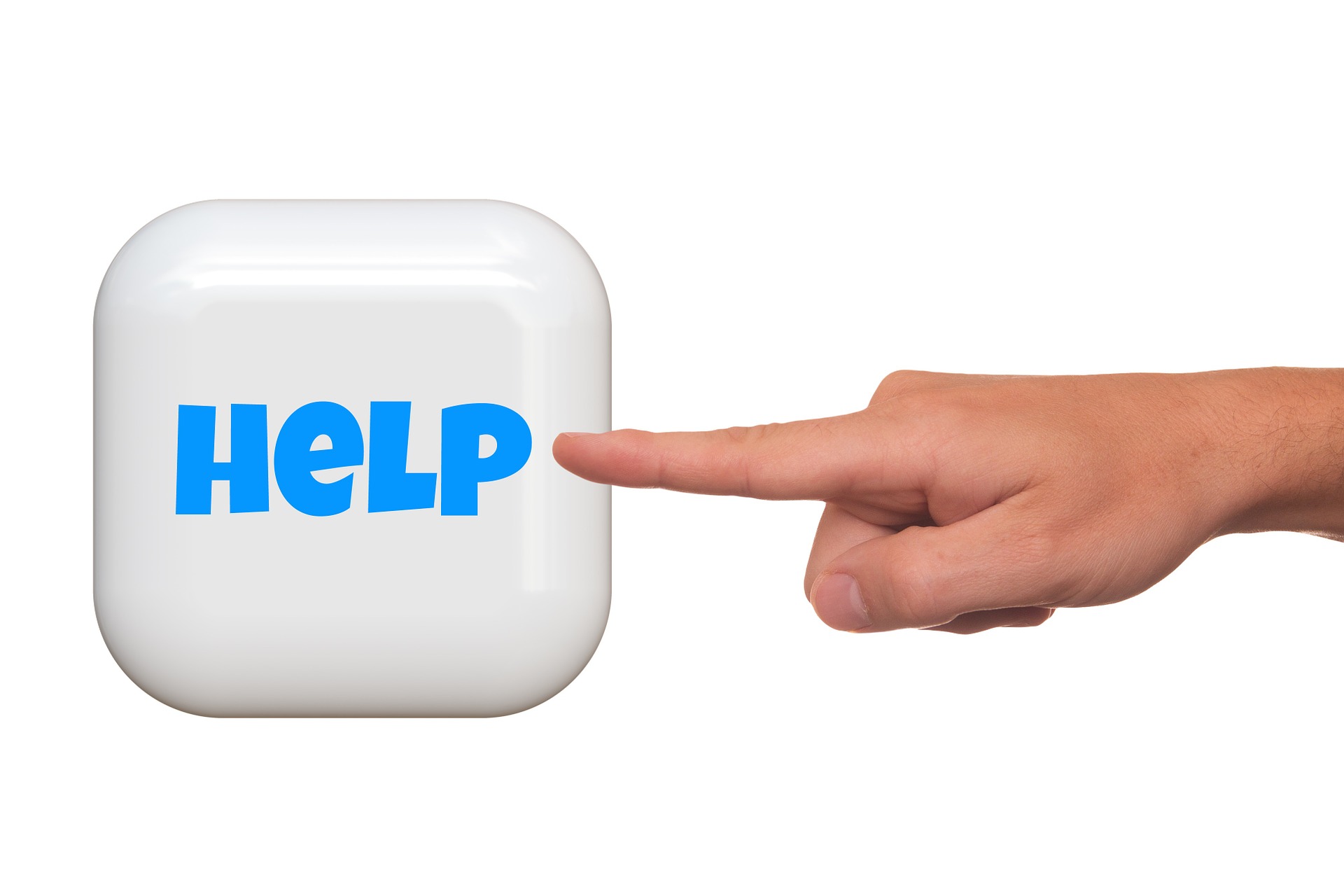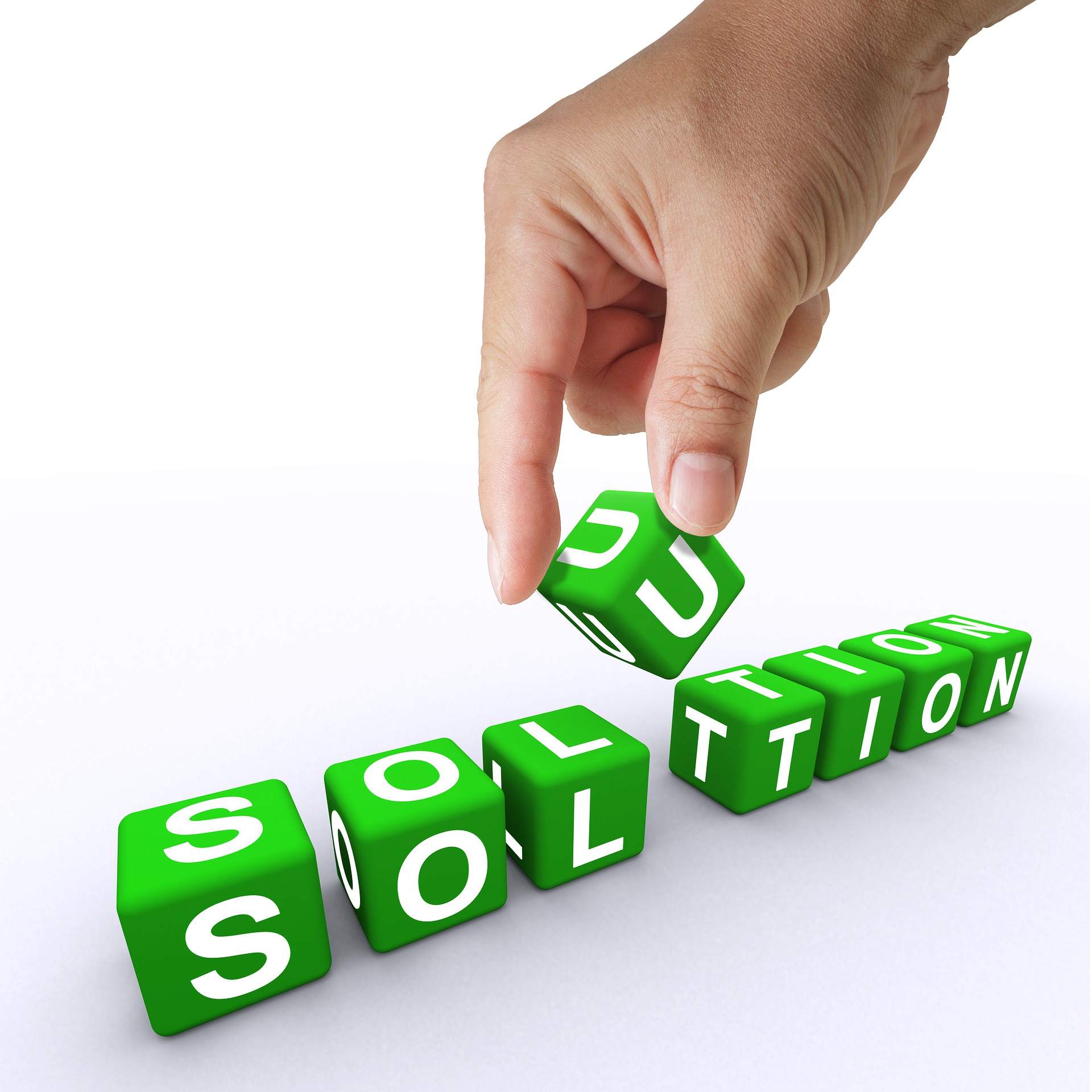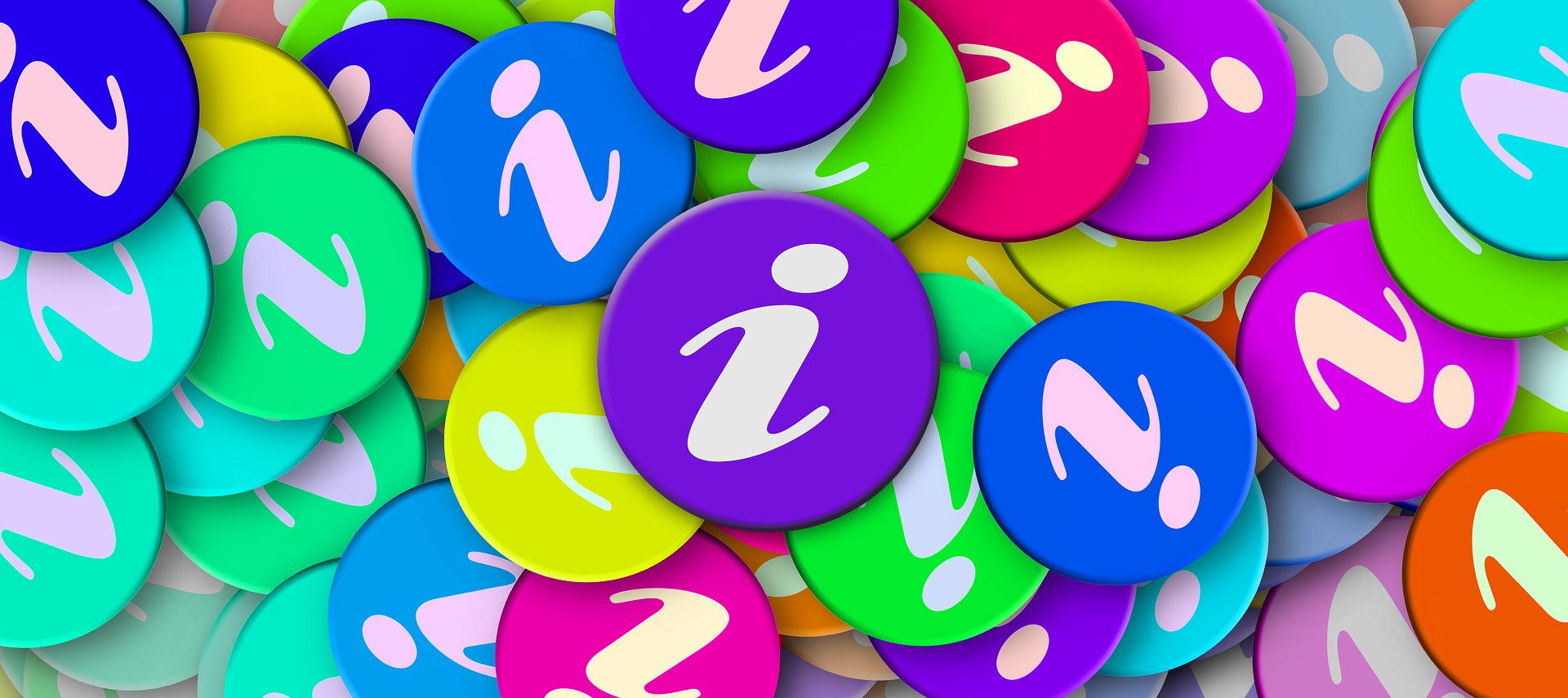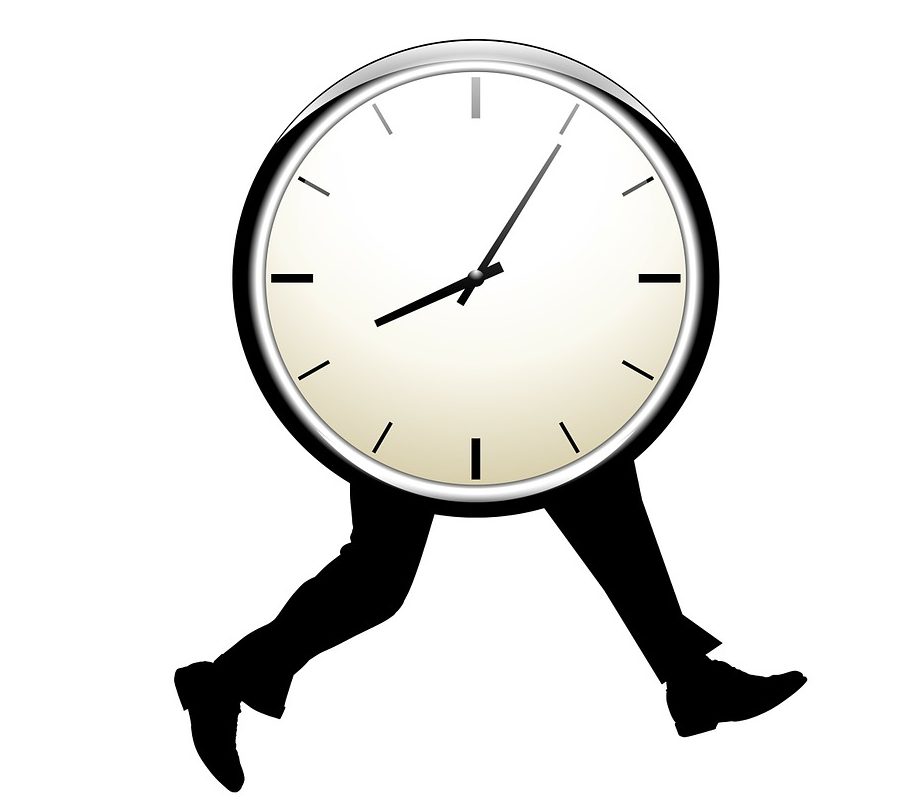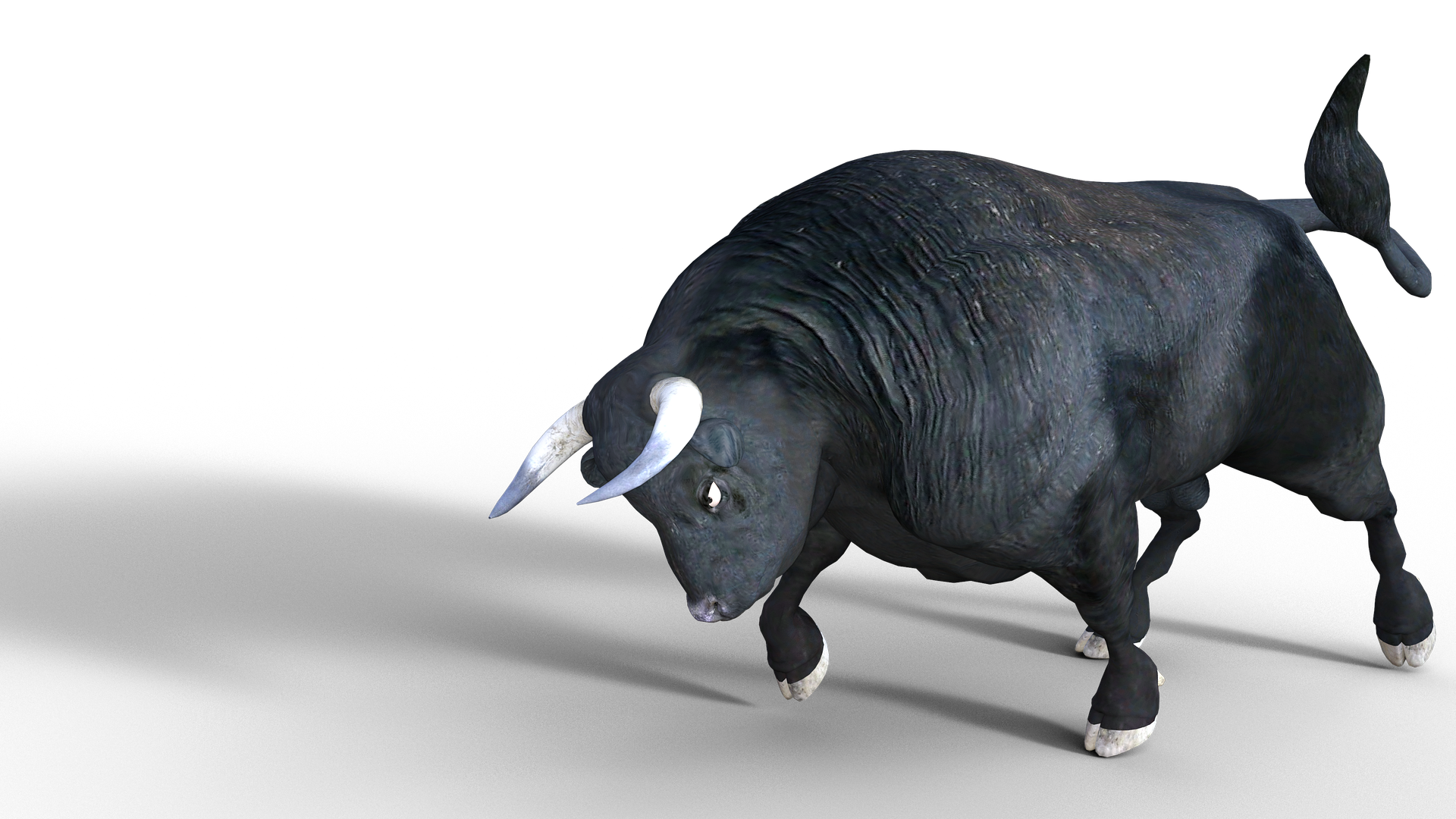Including STEM into your curriculum
1st thing 1st
First, let us clarify something very important that keeps coming up in our STEM research about barriers to including STEM education in classes and the reasons teachers have not included STEM education in their classrooms.
VII:
Very Important Information:
STEM education is not a whole another curriculum to teach on top of your already planned curriculum.
Surprisingly over 50% of the teachers surveyed by Science Kiwis in last year’s STEM Teacher Research Survey of 100 primary school teachers throughout New Zealand believed that STEM was another subject they needed to add into their teaching plan.
Relax it’s not going to be more information and learning that you need to fit in your curriculum that is already a huge workload, it’s the opposite.
It combines subjects and learning.
It can help create a lesson that is rich in content and experience that once would have taken 2, 3 even 5 lessons to teach.
VII:
STEM education is not just for teaching Science Technology Engineering and Mathematics. It is a tool, a method that can be used in any subject, in any topic to enhance learning and deepen understanding of concepts and knowledge.
STEM education is about taking the separation out from between subjects and instead of blending subjects together so that students can understand how different subjects relate and overlap and how things work together in the world around them.
In all of the experiments and challenges we create here at Science Kiwis we try to include as many components of different subjects so that they can be applied in so many different lessons and topics.
When starting to create STEM-based lesson plans it can seem a little daunting of where to start, how to start, and what to include and to do…
Don’t worry we are here to help you.
It’s easier than most teachers realize to bring STEM education into your classes.
The easy way to get into the hang of STEM styled education is to look at your planned teaching plan, your already designed curriculum and see how and where STEM education can be used to encourage curiosity, create engagement, deepen understanding, help cement learning of knowledge create higher levels of retention of knowledge, develop concepts into to real-life situations and resonate with students by connecting the knowledge to real-world situations where it will be of use to them.
During our STEM research study when ScienceKiwis paired with groups of teachers and students in classes all over NZ we found there are 5 key components in creating amazing STEM lessons.
5 key components
1. Encouraged Communication
2. Real World Connections
3. Requiring Collaboration
4. Hands-on Opportunities
5. Self-Directed Learning
When you look over your curriculum, look for opportunities that will develop a deeper understanding of concepts and knowledge by incorporating those 5 key components of STEM education. Those opportunities are where to start in your STEM lesson planning.
Terrific Teacher Tip:
See our advice page on designing marvelous STEM lessons that inspire curiosity and excellent engagement
Look at the different subjects, topics, concepts, and theories you plan on teaching across all subjects, from English to Art even P.E., every subject, every topic can be enhanced with STEM education techniques and methods.
For example say for P.E. your students are going to go for a run, you could include a challenge like our ‘Do you run faster than an Ostrich experiment’ which we have included below for you.
It’s a science and maths lesson in a PE lesson with curiosity and fun added in – an amazing triple lesson in one.
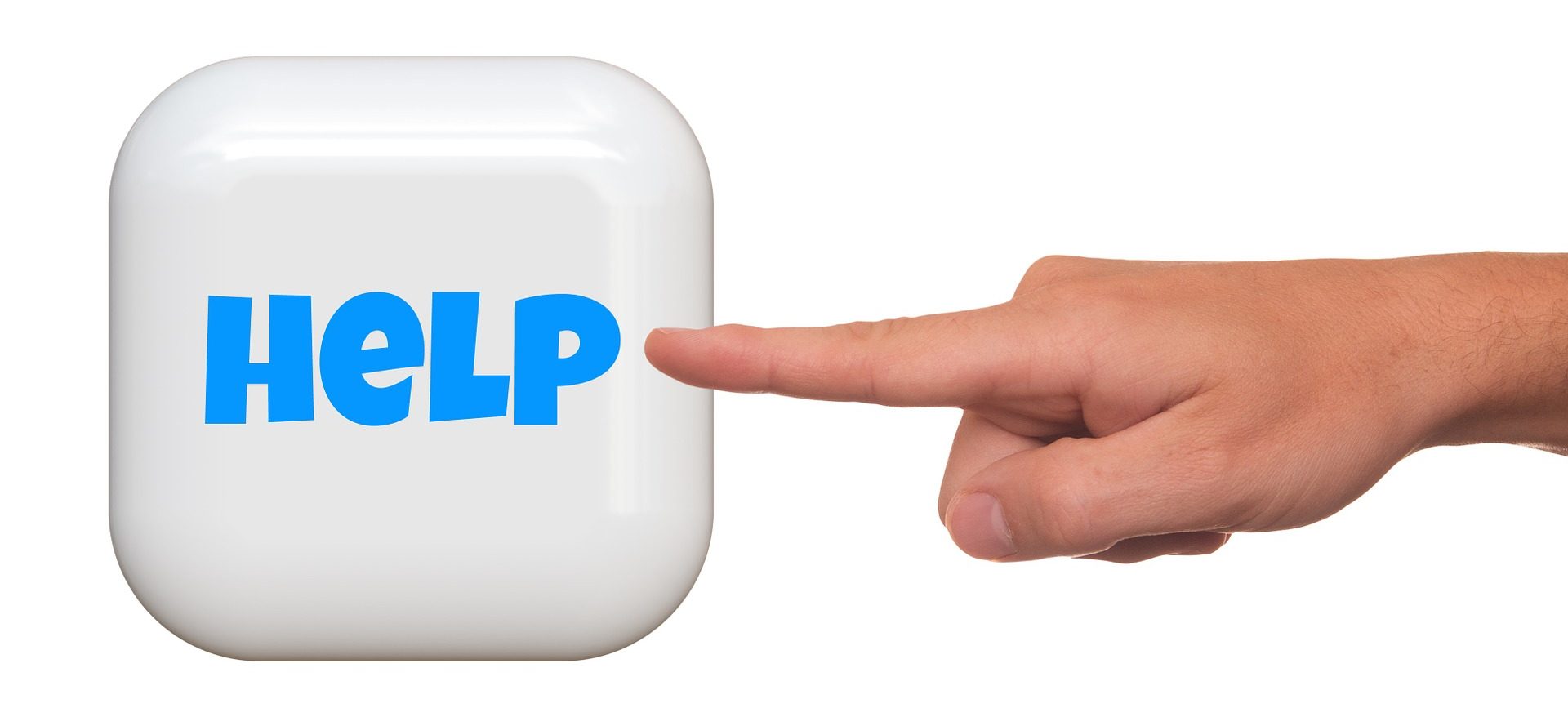 The potential STEM education benefits of including this in a PE lesson would be:
The potential STEM education benefits of including this in a PE lesson would be:
-
Valuable experience in creating a hypothesis and testing it
-
Development and practice of critical maths skills like multiplication x, averages, and numbers greater or less than < >
-
Learning scientific formulas like Speed = Distance / Time
-
Learning to convert measurements like meters per second m/s into kilometers per hour km/h
-
Opportunity for students to analyze data and interpret it
-
Brilliant for those students that love PE but have not been keen on maths, it helps them understand how maths is important in sport.
-
Students that don’t like PE or running, we found in our Science Kiwis research, often remarked they didn’t see the point of PE. They questioned when would they ever need to run after they had finished school. After the experiment the majority of those students could see how in the real world running could be a useful skill if they had to run away from an ostrich, or crocodile or bull or other animal attacks.
